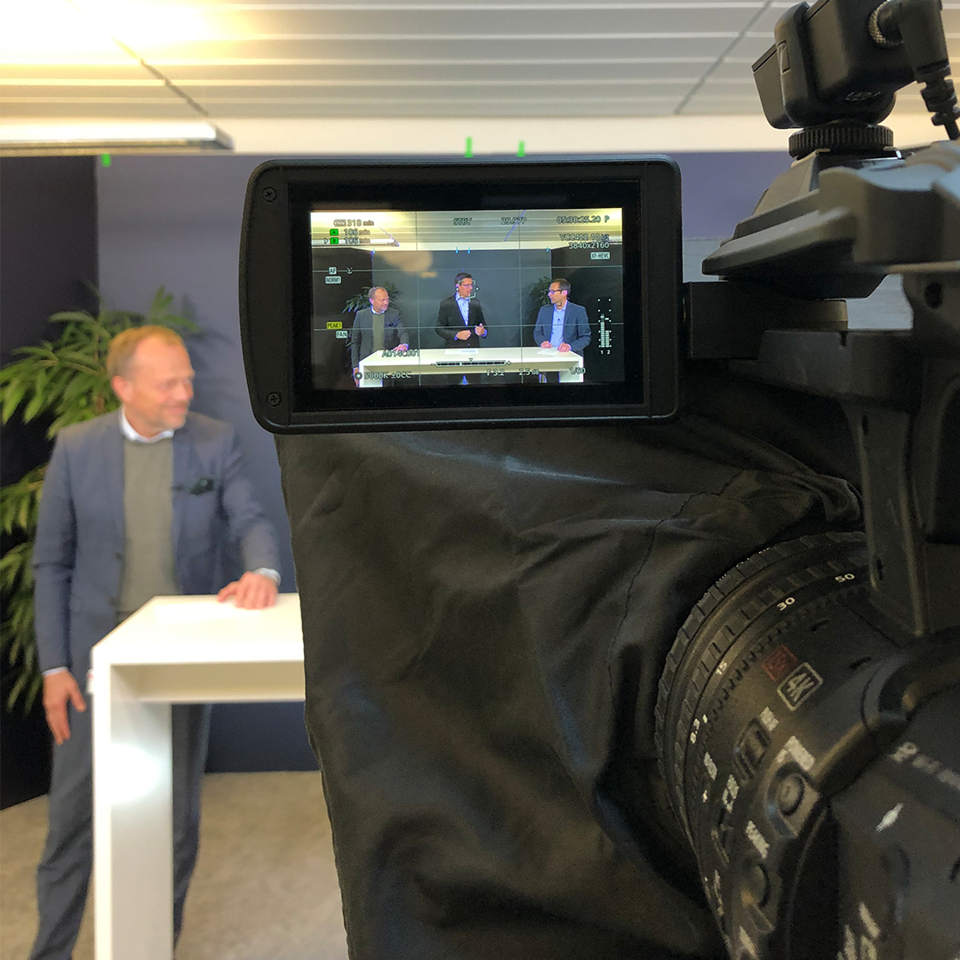2009-02-23
The Ørsted satellite: 10 years in Space
The Ørsted satellite celebrates its 10 years in space and is still in operation. Press and celebration event at the Tycho Brahe Planetarium, Copenhagen on 23 February.

On 23 February at 11:29:55 AM, the small Danish Ørsted satellite has remained in space for 10 years. Ørsted continues to be in operation and to deliver precise magnetic measurements in order to fulfil its primary task: the mapping of the Earth's magnetic field. The satellite's 10-year anniversary in space is celebrated at a special event at the Tycho Brahe Planetarium in Copenhagen. Events begin with a press conference between 2 PM and 3 PM, where a number of the Ørsted project managers and researchers will be available.
The Ørsted satellite is a unique success. The main achievements can be summarized as follows:
Ørsted's precise magnetic measurements form the basis for the most accurate models of the Earth's magnetic field and are used both to explore movements in the Earth's core and to map anomalies in the Earth's crust.
The Ørsted satellite's magnetic measurements are used for the mapping of power systems in space and in studies of the solar wind's coupling with the Earth's upper atmosphere.
Ørsted's measurements of energetic particle radiation have provided new information on radiation problems for computers onboard satellites in the Earth's radiation belts or above the arctic areas during solar eruptions.
Measurements with Ørsted's GPS instrumentation have contributed to the development of GPS-based atmospheric probing for meteorological applications.
Based on Ørsted's measurements, more than 300 scientific, technical, and other specialized publications and articles have been published in international journals.
In connection with Ørsted, new software technologies were developed and applied which are used for most space missions today. Ørsted exceeded the previous limits with regard to software functionality, accuracy, and compactness.
Ørsted became the starting point for a brand new technology for compact mounting of power components, an assembly technology which results in a decrease of the satellite power system's weight and volume.
The Ørsted satellite is a significant technical achievement - the satellite has been awarded an honorable fourth place by the Danish Society of Engineers in the competition for "The 20th century's greatest Danish technical achievement" (after Valdemar Paulsen's radio transmitter, the Great Belt Fixed Link, and the Trans-Iranian Railway).
But the satellite project should also be highlighted as an organizational achievement as the project became a success based on a close collaboration between industry, universities, and other public institutions.
The national collaboration has involved six universities and research institutions (Technical University of Denmark, University of Copenhagen, Aalborg University, Copenhagen University College of Engineering, DTU Space, and the Danish Meteorological Institute) and eight industrial companies (Terma A/S, CRI, Copenhagen Optical Company Aps, DCC International, Innovision, Per Udsen Co., RESCOM, and Ticra).
The international collaboration includes the huge space agencies of NASA, ESA, CNES (France), and DLR (Germany), and more than 40 universities and research institutions worldwide.
Ørsted sowed the seeds for the development of a new technology within power electronics. Today, this technology is used on missions to Mars, Venus, and comets, and it will be used on missions to Mercury in the future. On Ørsted, the satellite check-out and mission-control functions were combined in a brand new way. The same principle is now used by ESA, for instance on their most advanced scientific mission Herschel/Planck.
As an additional benefit of the project, ESA is now building an ambitious new satellite mission, Swarm, based on the scientific expertise built up via the Ørsted mission. The concept was developed by Danish researchers and consists of three identical satellites which will measure the magnetic field in the period between 2011 and 2014, with an even greater accuracy.
At a press conference on 23 February between 2 and 3 PM at the Tycho Brahe Planetarium, representatives from the Danish research institutions and industrial companies involved in the Ørsted satellite and in the future major space project will be present.
Yours sincerely,
The Ørsted Project Anniversary Committee
Terma A/S, DTU Space, DMI, and the Tycho Brahe Planetarium
For further information, please contact

Who we are
Terma in Brief
The Denmark based high-tech Terma Group develops products and systems for defense and non-defense security applications; including command and control systems, radar systems, self-protection systems for aircraft, space technology, and aerostructures for the aircraft industry.
Learn more about us



